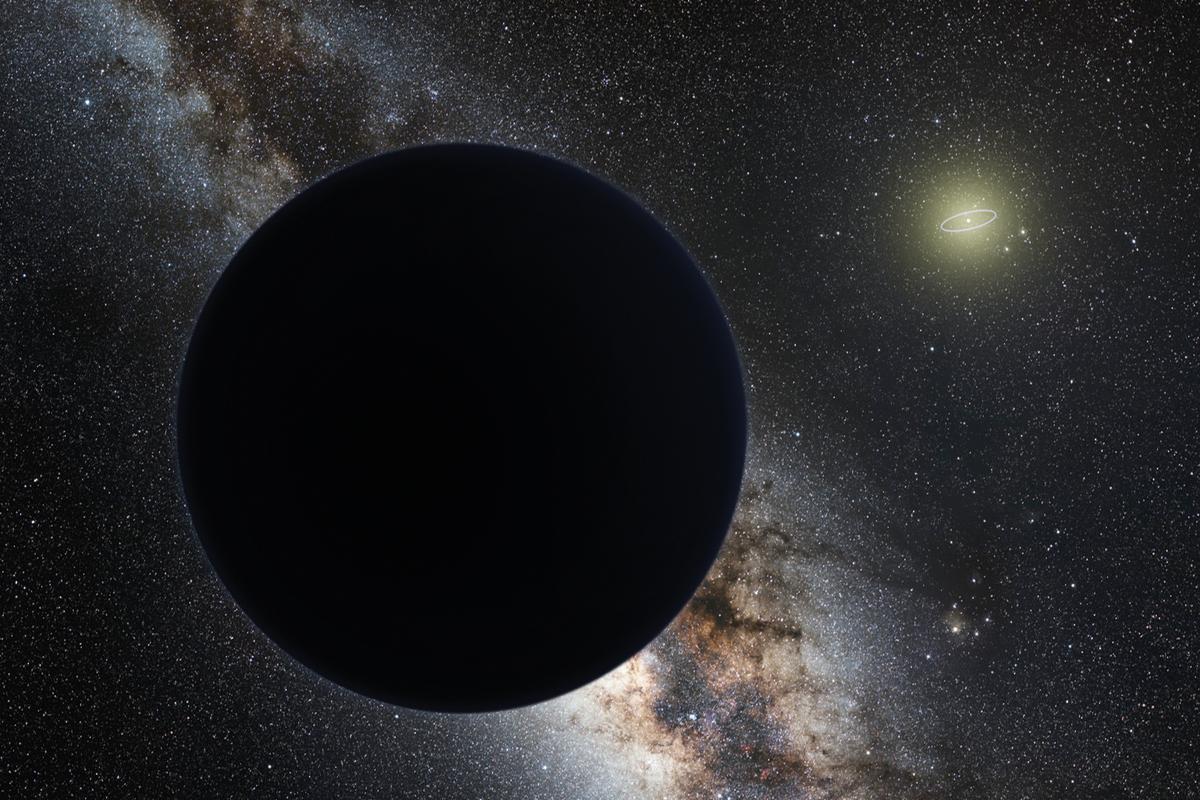


Trying to explain to a class of seven and eight year olds that the planets in the Solar System are very far away from each other was impossible without a physical example. The well-worn ‘peppercorn’ example is the best way of underlining the vast distances involved. If a single peppercorn represents the Earth and Venus, the Sun is the size of a football, Mars and Mercury are mere pinheads, with Jupiter being a chestnut, Saturn a hazelnut and Uranus a coffee bean. We would venture out onto the school field and place the Sun (football) at one end of the field. Then we would walk 10 paces and place Mercury (a pinhead in a piece of paper), then a further 9 paces - Venus (peppercorn), 7 paces - Earth (peppercorn), 14 paces - Mars (pinhead). And then walk 95 paces Jupiter (chestnut), another 112 paces - Saturn, 249 paces - Uranus, 281 paces - Neptune and finally another 242 paces for Pluto (yes I know it’s not a planet). It’s utterly jaw dropping to think that gravity can have an effect over such a long distance - when you think of something the size of the head of a pin orbiting a bowling ball the length of eight football pitches away. So when astronomers at the University of Michigan discovered an asteroid (BP519) in 2015 which was 55 times the Earth’s distance to the Sun - they were surprised to see that it was following a highly unusual orbit which they concluded might suggest it was being affected by a hitherto undiscovered planet. For this theory to work, the mysterious planet - now called Planet 9 - could be as much as 15 times the mass of the Earth. But despite its size, it would be exceedingly difficult to find because it is hundreds of times further from the Sun than the Earth and emits no light of its own. If Planet Nine - a super Earth - is out there somewhere, it would be a spectacular find and would replace The Earth as the largest rocky planet in the Solar System. The search is now underway for Earth’s massive twin with astronomers scouring the skies for other objects such as BP519 whose orbits may be affected by the gravitational pull of the missing planet and may lend further clues to help triangulate the position of the mysterious missing planet.